In the past, aerial photography was reserved for a select few with access to specialized equipment and resources. However, in the 21st century, drone photography has opened up new possibilities for capturing incredible shots from above. But for beginners, it can be a daunting task to navigate the complex technical specifications and legal requirements of drone photography.
This guide aims to make the journey into drone-powered aerial photography less intimidating. We will walk you through the essential knowledge and steps to get started. So, let's dive in!
Prerequisites for Drone Photography
Before you soar into the skies with your drone, there are a few prerequisites and requirements to consider. While it may seem overwhelming at first, breaking it down into manageable steps can make the process much smoother.
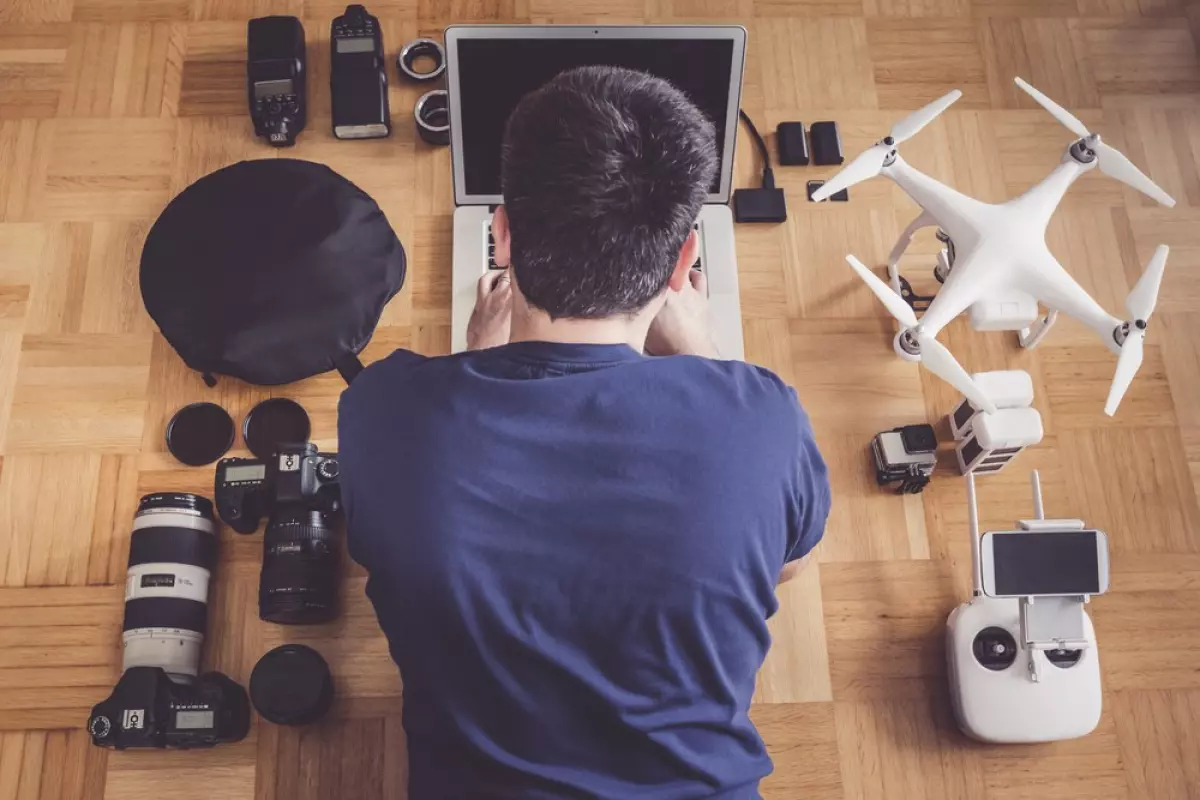 Image Source: Unsplash
Image Source: Unsplash
Upfront Costs
Consumer-grade drones have become more affordable, with options like the DJI Mini 3 starting at $559. These budget-friendly choices provide a great entry point into drone photography. Higher-end models offer enhanced features like weather resistance, larger batteries, and improved image quality, but at a higher price.
Training and Licensing
To safely pilot a drone, you need to acquire the necessary skills and obtain the required licenses. In the United States, you must attend a course accredited by the Federal Aviation Administration (FAA). These courses cover flying maneuvers, safety procedures, and handling. Preparatory courses are available to help you prepare for the licensing exam.
Remember to research and abide by local regulations and restrictions on flying drones in your area.
Anatomy of a Drone
Understanding how a drone works is vital for capturing expressive and stunning images. A typical drone consists of two main components: the drone itself and the built-in camera.
Characteristics of a UAV
Drones fly by rotating their wings or blades to generate lift. They can navigate in various directions using angled blades and advanced technologies like radio, GPS, gyroscopes, and sensors. These features enable drones to perform aerobatic tricks, navigate predefined routes, and capture images automatically.
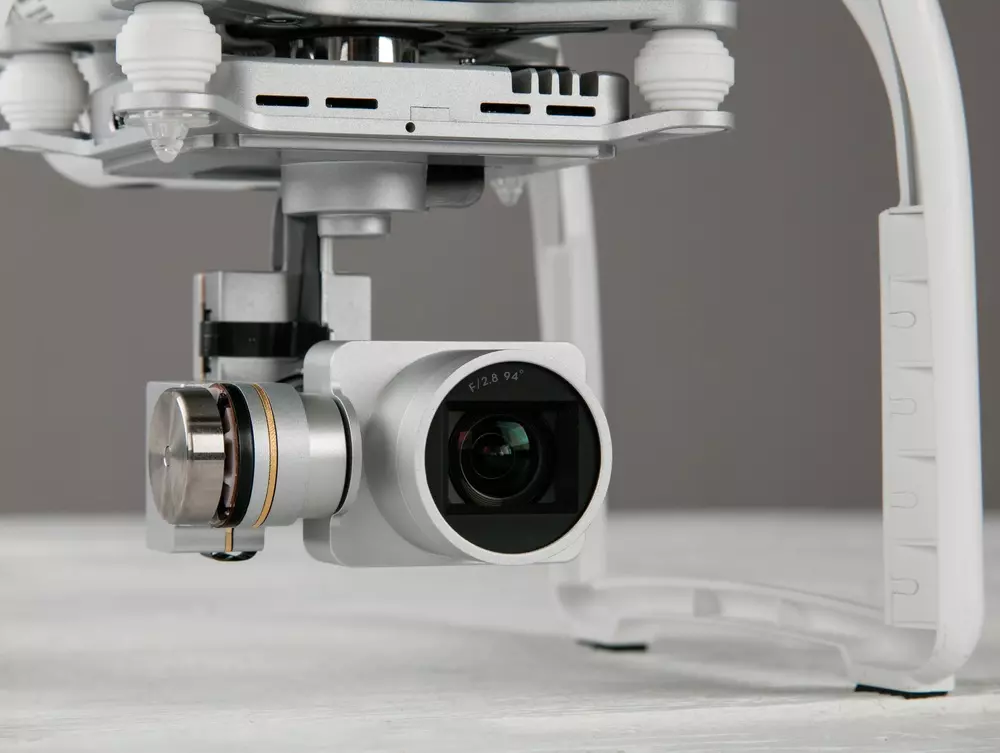 Image Source: Unsplash
Image Source: Unsplash
Drone Cameras and Their Properties
Modern consumer drones come equipped with high-quality built-in cameras. These cameras feature superzoom lenses, optical and mechanical image stabilization, and comparable specifications to DSLRs or mirrorless cameras in terms of resolution and image quality. However, drone cameras have physically limited image sensors, which may impact low-light performance.
Types of Drones Used in Photography
Quadcopters, with their four rotors, are the most popular choice for drone photography. They offer speed, agility, and the ability to hover, making them ideal for creative photography. Fixed-wing drones, resembling traditional airplanes, are larger, can carry higher-end camera equipment, and have longer flight times, but lack the flexibility of quadcopters.
Choosing a Shooting Mode for Maximum Image Quality
Just like traditional cameras, drone cameras have different shooting modes tailored to specific use cases. Let's explore the essential modes for capturing stunning aerial photos.
Manual Mode and Its Benefits
While manual mode may initially seem challenging, it offers distinct advantages, especially in high-contrast scenes. Manual exposure settings allow you to selectively expose for different elements in your frame, enabling you to capture landscapes and architecture with high dynamic range.
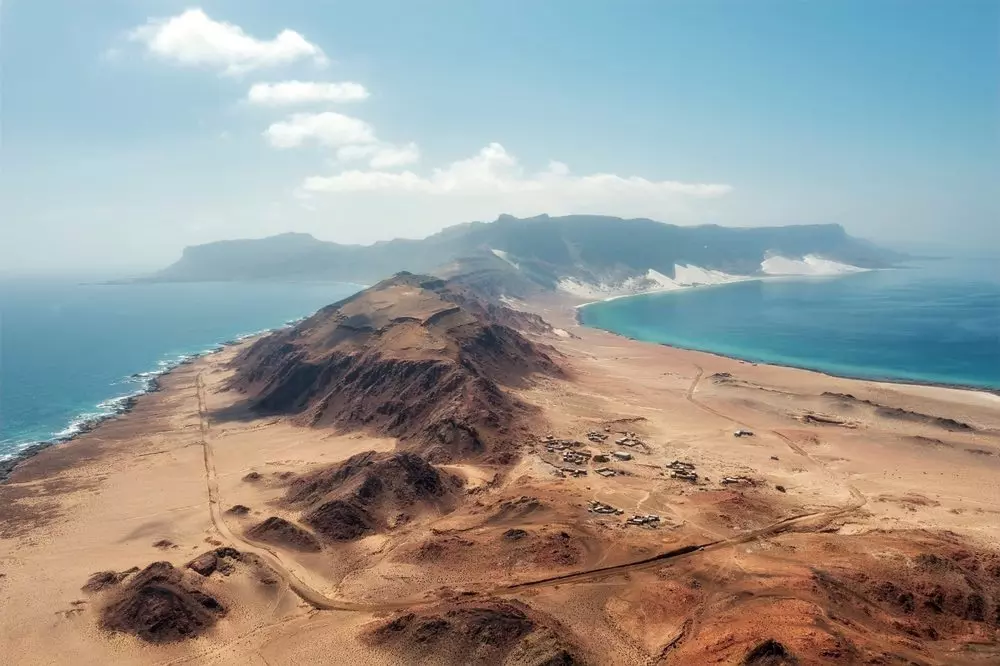 Image Source: Unsplash
Image Source: Unsplash
Shooting Bracketed Exposures
Auto exposure bracketing (AEB) is a technique used to capture a series of bracketed exposures with varying exposure settings. This allows you to later create a composite image with elements from each exposure, expanding the dynamic range of your photos. Bracketing is particularly useful for capturing scenes with high contrast, such as shooting against the sun.
The Best Uses for Tripod Mode
Tripod Mode is a unique feature of drones that reduces acceleration, providing more precise movements and maintaining position and attitude. It's ideal for landscape photography, long exposures, and achieving stable shots from a fixed position. Tripod Mode is also recommended for indoor drone footage to minimize the risk of accidents.
Compositional Techniques for Punchy Aerial Photos
Composing aerial shots requires a different approach compared to traditional photography. Here are some essential tips to enhance your aerial compositions.
Appreciate the Change in Perspective
Flying a drone gives you a new perspective on the world. Utilize the live feed from your drone's camera to immerse yourself in the unique viewpoint it offers. Look for larger features like rivers, mountains, and valleys that become even more captivating from above.
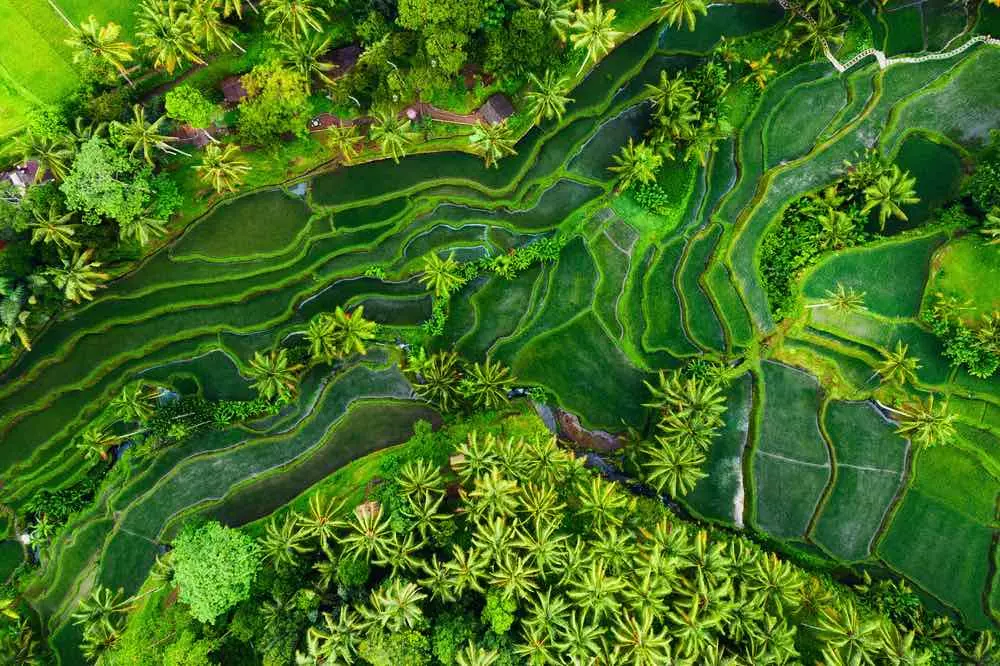 Image Source: Unsplash
Image Source: Unsplash
Watch out for Interesting Geometry
Due to the camera's downward-facing position on a drone, landscapes may appear two-dimensional in footage. Use this to your advantage by searching for intriguing geometric patterns, such as patchwork fields, that can create eye-catching visuals.
Utilize Leading Lines and Contextual Framing
Composition plays a crucial role in drone photography, just like traditional photography. Guide the viewer's eye through the frame by using natural lines and elements to create leading lines. This technique adds depth and interest to your aerial photos.
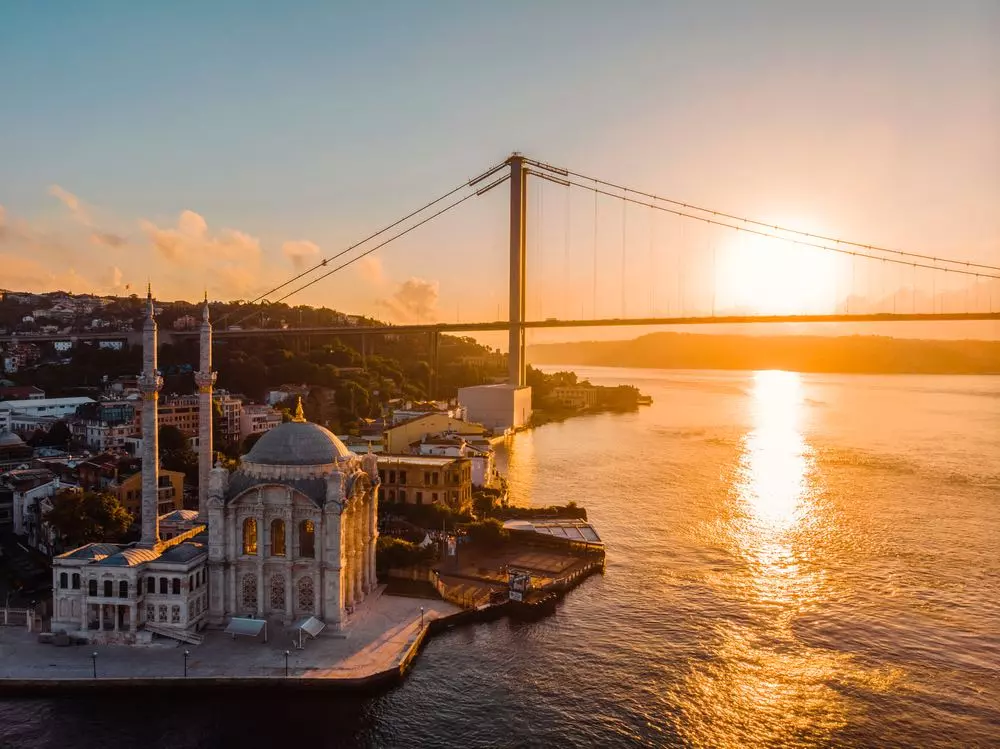 Image Source: Unsplash
Image Source: Unsplash
Post-Processing Drone Photography
After capturing your drone photos, it's time to bring them to life in the digital darkroom. Post-processing allows you to enhance your images, correct flaws, and achieve the desired aesthetic.
 Image Source: Unsplash
Image Source: Unsplash
Applying Masks to Aerial Images
Masks are valuable tools for correcting defects and polishing your drone photos. Unsharp masks can address blurriness caused by distance and high focal lengths. Noise reduction algorithms compensate for small sensors' limitations, improving low-light performance. Additionally, cropping helps refine your composition to perfection.
Incorporating Drone Photography into Your Creative Vision
Drone photography offers endless possibilities for artistic expression and commercial applications. Whether you want to elevate your landscape photography or explore commercial opportunities like architecture and agriculture, drones can help you achieve your goals.
 Image Source: Unsplash
Image Source: Unsplash
Remember to stay true to your creative vision and always keep in mind what brought you to drone photography. With dedication and practice, you'll be well on your way to capturing breathtaking aerial shots. Good luck!

















